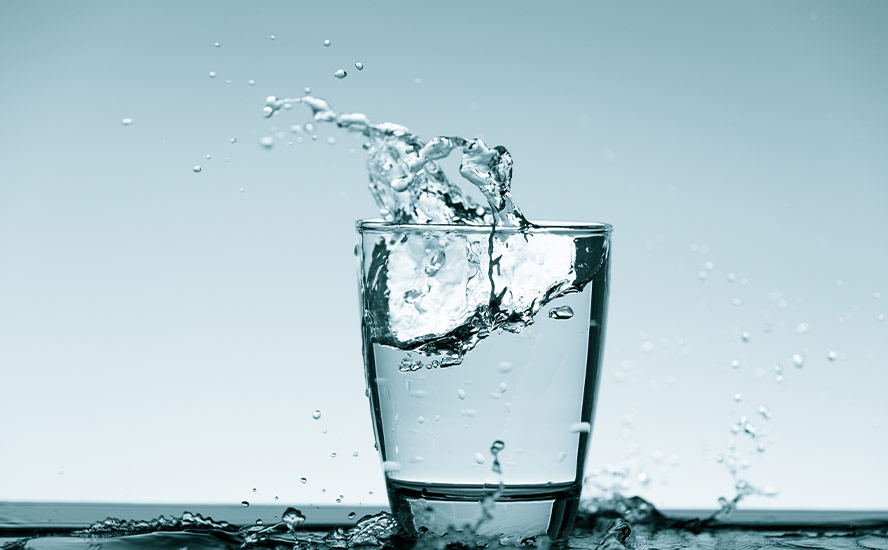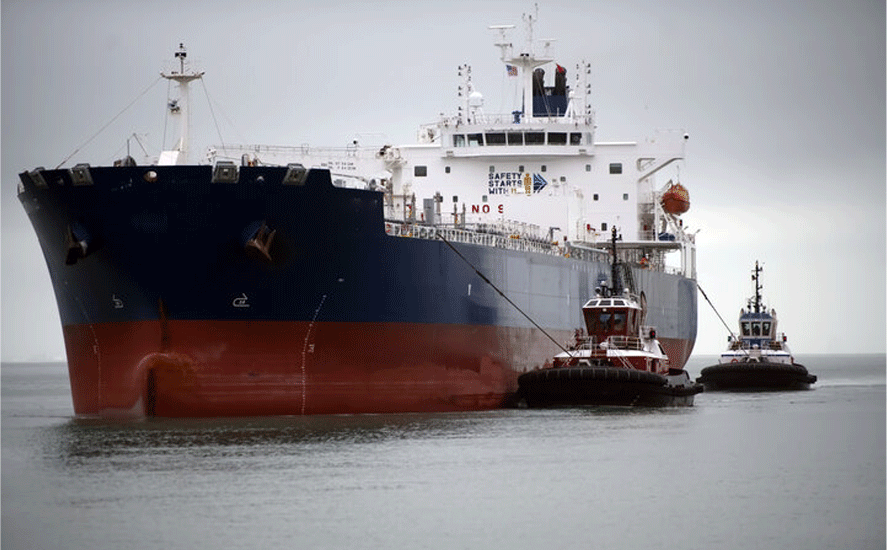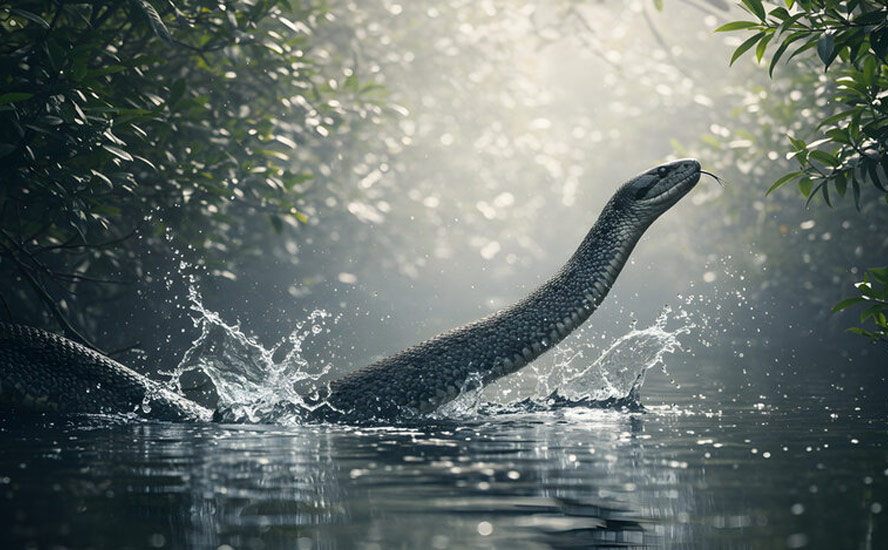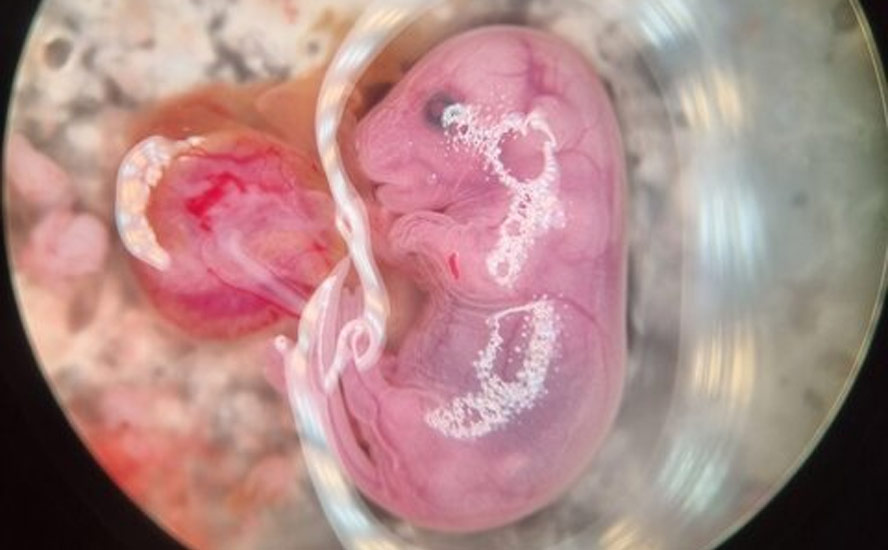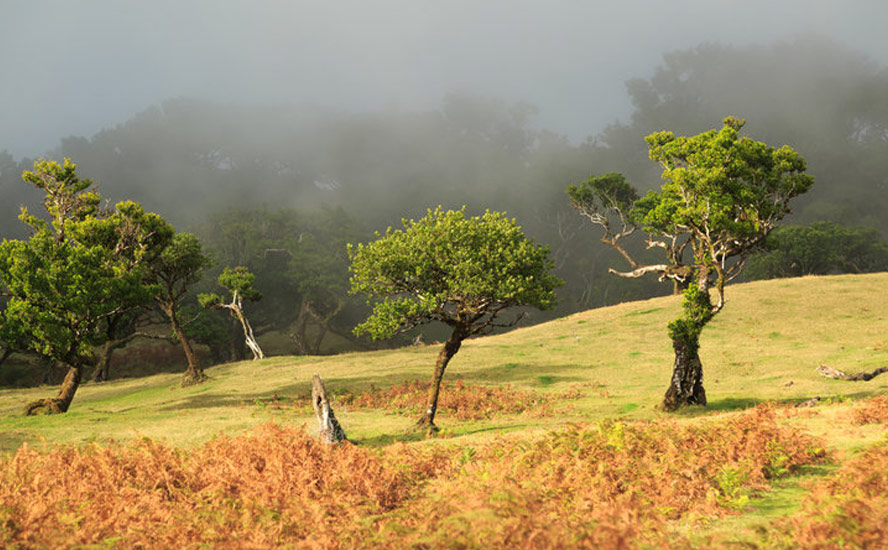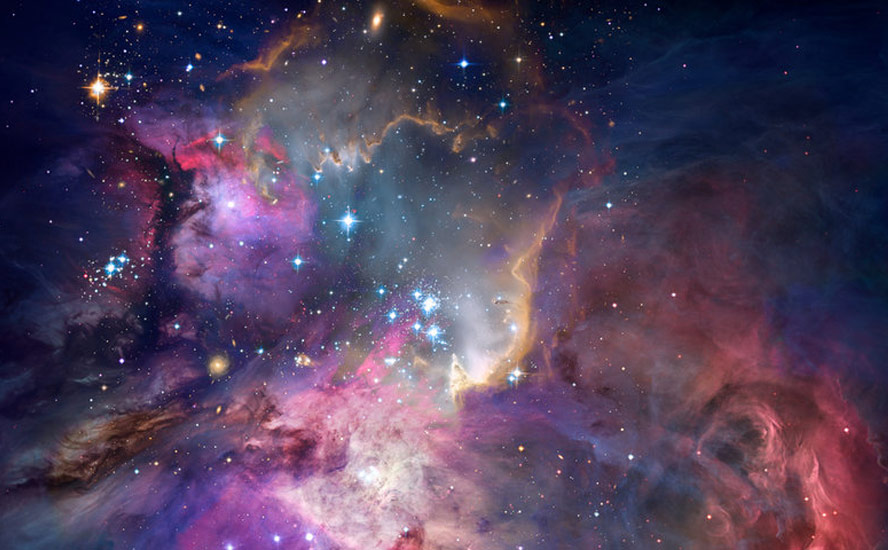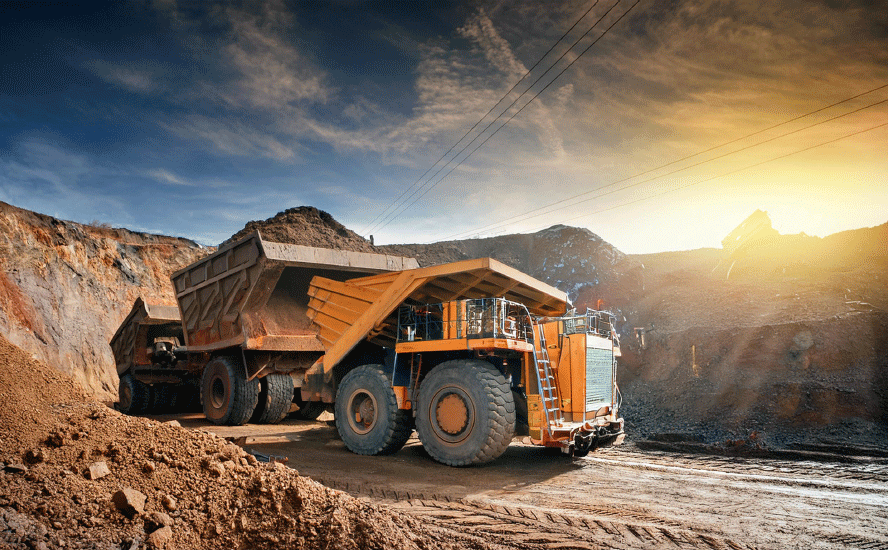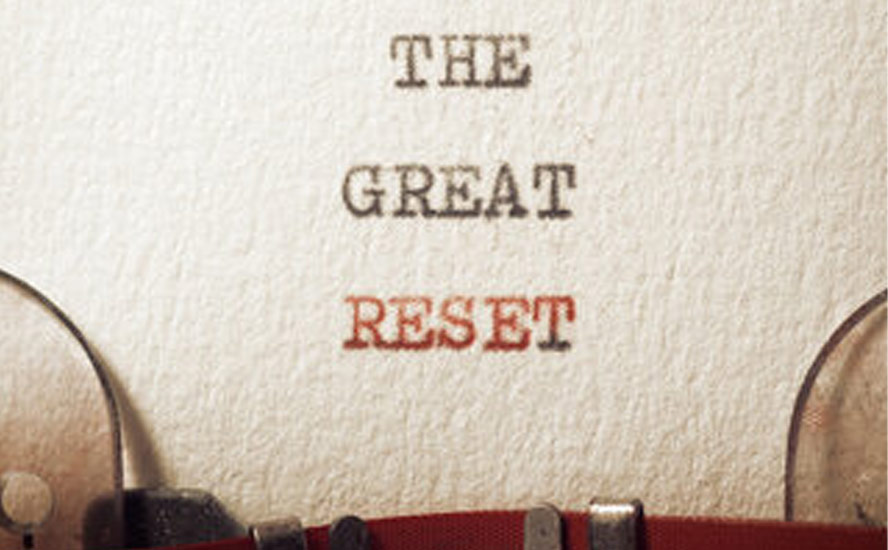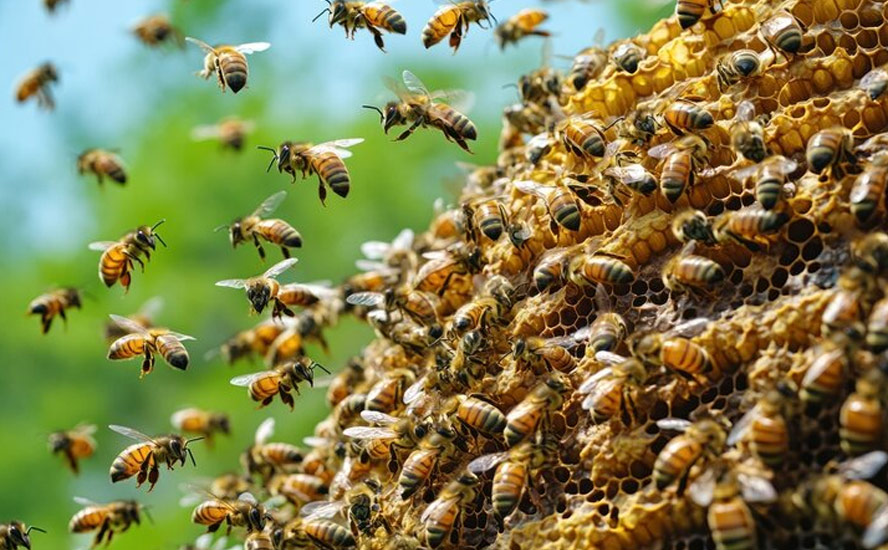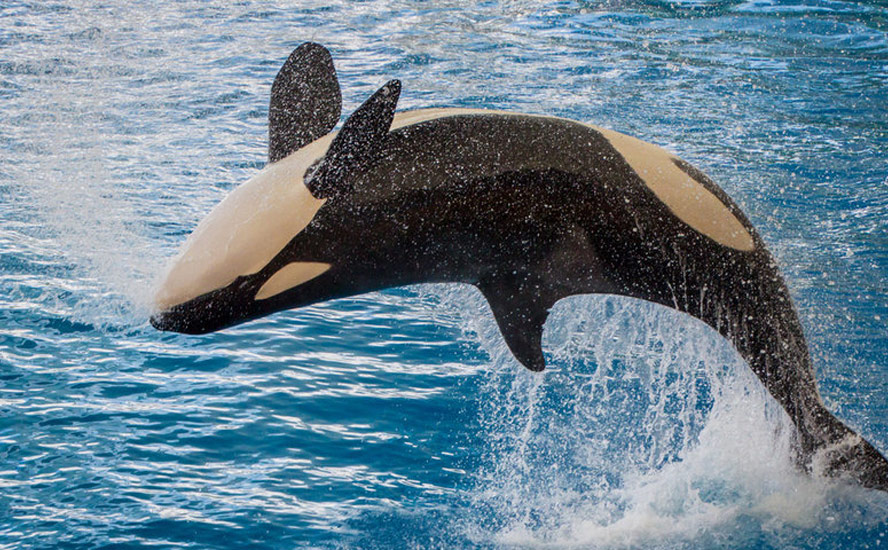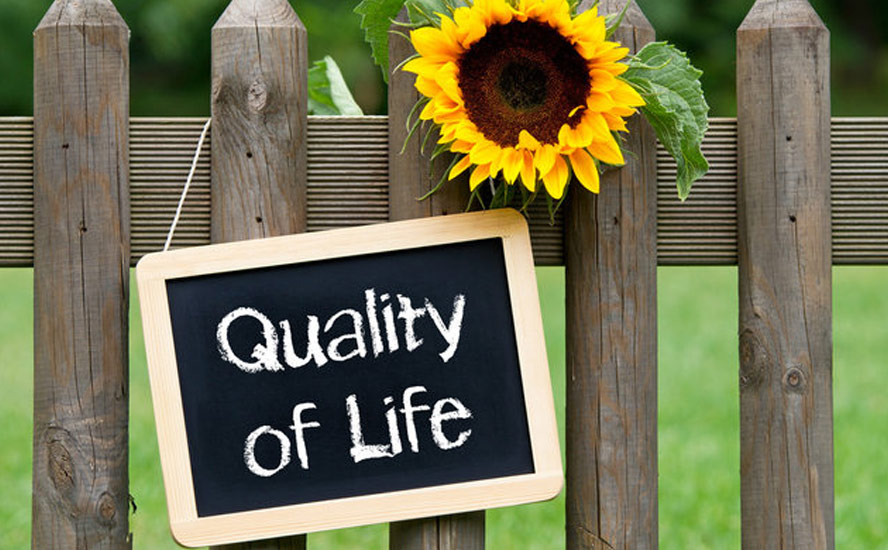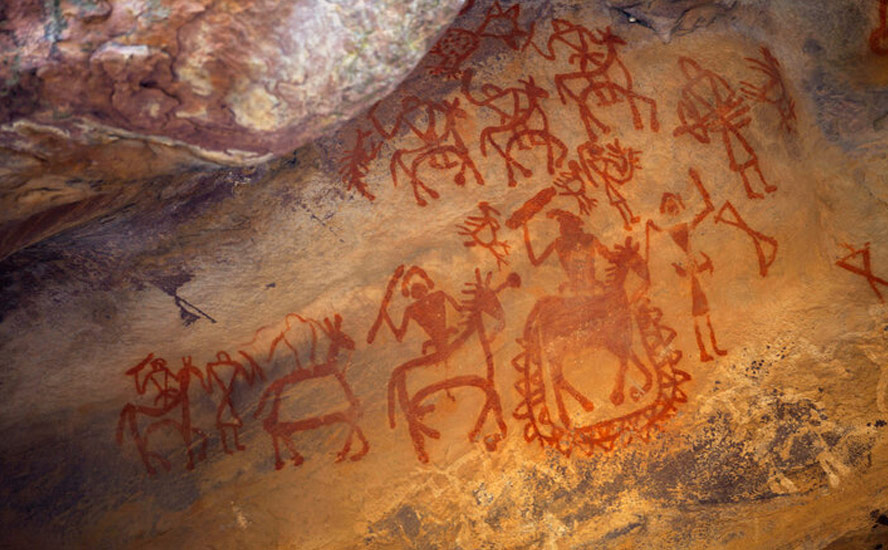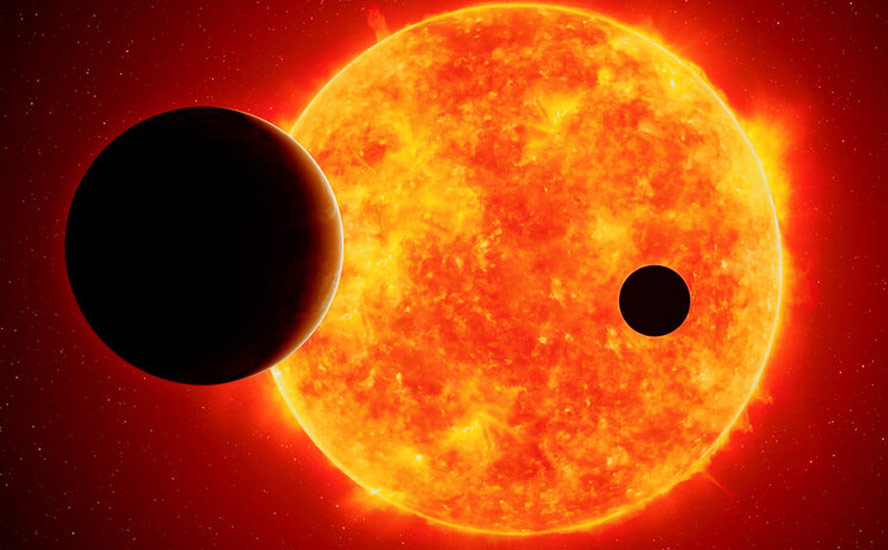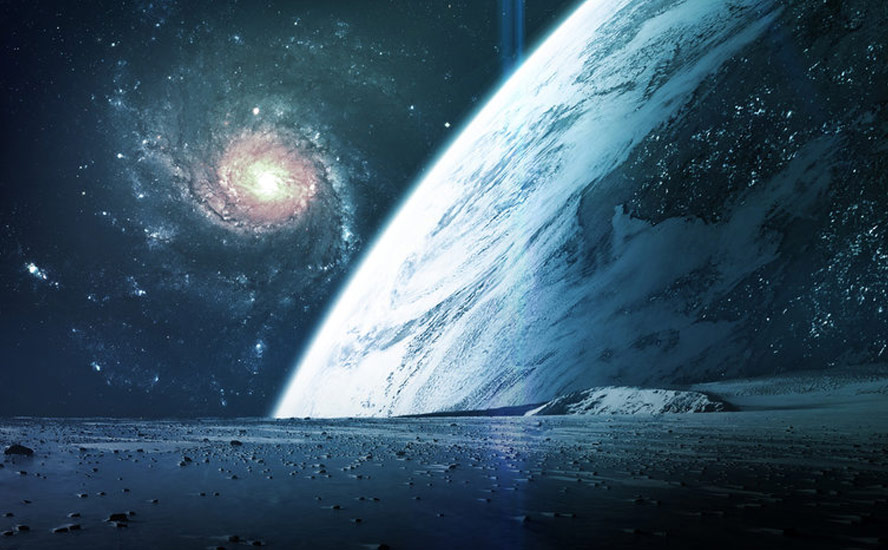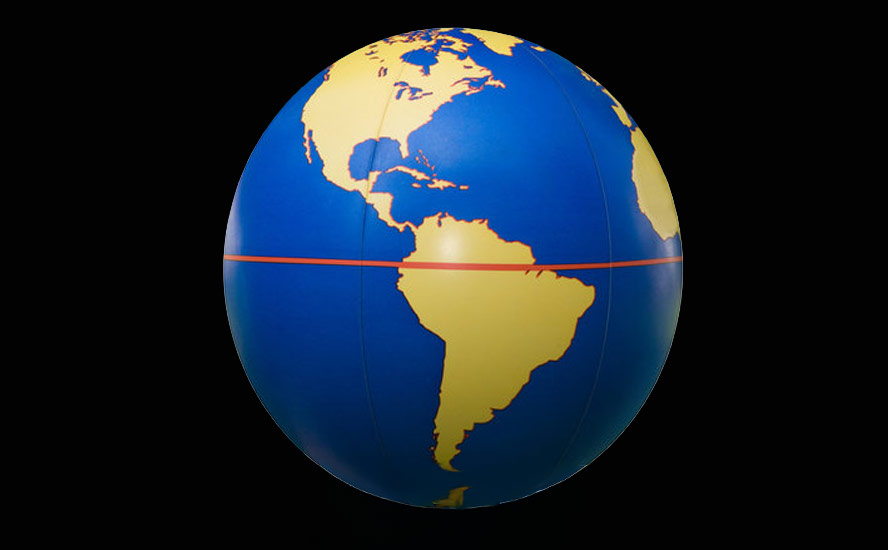Glacial melt accelerating fresh water crisis
2022.05.24
It’s slightly mind-blowing to know that, while 70% of the Earth’s surface is covered by water, less than 1% is potable.
98% of the world’s water is in the oceans – which makes it unfit for drinking or irrigation. Just 2% of the world’s water is fresh, but the vast majority is in a frozen state, locked up in the polar ice caps and glaciers. Our available fresh water (.396% of total supply) is found underground in aquifers and wells (0.36%); the rest is in lakes and rivers.
Put another way, only 0.007% of water is available for drinking, feeding or fueling (through hydro-electric power or cooling towers needed to run industrial equipment) its 7.7 billion people. We are dancing much closer to the knife edge of water scarcity than we think.
National Geographic reminds us that, due to the water cycle, all the water around today was here in one form or another hundreds of millions of years ago. We’ve always had a relatively constant water supply throughout history. What has changed is our climate, the number of people in the world, and their expectations.
In high demand
The remarkably small global resource of fresh water is in serious peril due to climate change, increased demand and polluted water supplies.
It isn’t just fresh water’s relative scarcity that makes it valuable, but the fact that demand for it is constantly increasing.
According to the UN, demand for water is expected to grow 55% by 2050, with most of the need (70%) driven by irrigation, to feed the expanding global population, expected to hit 10 billion by 2050. Water for energy use is forecast to rise by 20%.
The supply won’t be enough to satisfy everyone. By 2025, 1.8 billion people will live in areas where water is scarce, and two-thirds will be residents in water-stressed regions, reports National Geographic.
How we’re losing fresh water
Glacial melt
Most of the world’s fresh water is contained within glaciers or hard-packed snow that falls in the mountains and becomes freshet in the spring, filling creeks, rivers, lakes, rechargeable aquifers and reservoirs.
A clarification needs to be made between mountain glaciers, such as those found in Glacier National Park, and the glaciers at the poles. The latter slide and break off from polar ice caps and tumble into the sea, forever lost. Very little fresh water is extracted from polar glaciers; mountain glaciers on the other hand sustain large numbers of people, who collect the annual freshet that flows from higher elevations and is funneled into creeks.
We know from several years of measurements, that mountain glaciers are in retreat.
“We’re past the tipping point for the glaciers in the Canadian Rockies,” the CBC quotes John Pomeroy, Canada Research Chair in water resources and climate change at the University of Saskatchewan.
Prof. Pomeroy said over the last few decades, almost all the world’s glaciers have shrunk and the rate of decline is accelerating.
Another expert on glacier dynamics, Associate Professor Jeff Kavanaugh at the University of Alberta, expects that between 60 and 80% of the ice volume in BC and Alberta will be lost by 2100.
Of course, the main factor driving glacial melt is rising temperatures. A rise of 1.5 C is considered to be the tipping point, beyond which further warming is expected to have disastrous economic, political and environmental consequences.
Last year’s report by the UN Intergovernmental Panel on Climate Change (IPCC) found emissions have already pushed the global temperature up by 1.1 degrees, and that pledges to cut emissions are nowhere near enough to start reducing the level of greenhouse gases that have accumulated in the atmosphere.
Something else chipping away at glaciers is a rust-colored algae, thought to be connected to forest fires. The algae causes the glacier to absorb more solar energy, resulting in rapid melting.
As for how melting glaciers affect our water supply, Prof. Kavanaugh says glaciers keep our rivers flowing when other water sources, like snow melt, dry up. He predicts the next few decades will be marked by high flows in our glacial rivers, but after that, “it will start to fall off a cliff. How much water is flowing through the river as a function of that time of year is going to start changing remarkably.”
Along with melting snowpacks reducing the amount of available fresh water, another concern is what’s in the glaciers. Contaminants like DDT, which became trapped in the snowpack relatively recently, are starting to leach out. The U of A’s Alison Criscitiello, director of the Canadian Ice Core Lab, says the real question is how long it will take for the snowpack from the ’70s, ’80s and ’90s to reach downstream. “These things made their way up there. They’ll make their way back.”
Aquifer depletion
Fresh water aquifers are one of the most important natural resources in the world, but in recent decades the rate at which we’re pumping them dry has more than doubled. These fast-shrinking underground reservoirs are essential to life on the planet. They sustain streams, wetlands, and ecosystems, and they resist land subsidence and saltwater intrusion into our freshwater supplies. Some of the largest cities in the developing world – Jakarta, Dhaka, Lima and Mexico City – depend on aquifers for almost all their water. Most rural areas pump groundwater from wells drilled into an aquifer.
According to the BBC, of the world’s major aquifers, 21 out of 37 are receding.
Saltwater intrusion
If too much groundwater is pumped out from coastal aquifers, saltwater may flow into them, causing contamination of the aquifer. Many coastal aquifers – the Biscayne Aquifer near Miami and the New Jersey Coastal Plain aquifer for example – have problems with saltwater intrusion.
Saltwater intrusion is also caused by rising sea levels caused by melting ice. The warming of the Earth’s surface has caused a widespread retreat of the glaciers at both poles.
All of this melting ice has caused sea levels to rise, from between seven and eight inches, NASA states, with the most rise occurring since 1993. The expansion of ocean water as it warms also causes higher sea levels.
Pollution
Water quality has always been of utmost importance to the health of human populations. Unsafe water sources and open sewers in the Middle Ages led to plagues that decimated villages and towns.
However despite the advances of science, many fresh water supplies are getting fouled. Since the 1990s, pollution has worsened in almost every river in Africa, Asia and Latin America. The situation is expected to deteriorate due to runoffs of fertilizer and other agrochemicals that lead to the growth of pathogens and algae blooms. About 80% of industrial and municipal wastewater is discharged without treatment.
Warming oceans
The fresh water crisis is partly due to melting glaciers, whether you believe higher temperatures are human-caused or based on the Earth’s natural cycles. But the alarming decline in potable water is also tied to warming oceans and the feedback loops they cause.
As ice melts during the summer, the Arctic Ocean warms. That heat gets radiated back to the atmosphere, which changes the regular pattern of the jet streams, fast-moving currents of air that are known to affect weather.
According to the World Meterological Association, the oceans were their warmest and most acidic last year. The WMA report also found that melting ice sheets helped push sea levels to new heights in 2021, and that levels of climate-warming carbon dioxide and methane in the atmosphere surpassed previous records. Via the CBC,
The ocean is also now its most acidic in at least 26,000 years as it absorbs and reacts with more carbon dioxide in the atmosphere.
Sea level has risen 4.5 centimetres in the last decade, with the annual increase from 2013 to 2021 more than double what it was from 1993 to 2002.

As for why Western North America is trapped in a decade-plus-long drought, it also has to do with rising temperatures. In an Environmental Defense Fund blog post, climate scientist Ilissa Ocko writes, the drop in overall precipitation [in the US southwest] brings drier conditions that spawn or magnify drought. As the soil there dries out, the incoming sunlight will heat the ground instead of evaporating water from the soil. This creates a vicious cycle of more heat and less rain.
Also crucial to an understanding of global warming are the changes to the North Atlantic Current, a vast movement of water that extends the Gulf Stream north-east, starting around the Grand Banks of Newfoundland. The current flows east before sharply veering north, transporting warm tropical waters from the Gulf Stream like a giant conveyor belt to northern latitudes and eventually the Arctic Ocean. The current bounces off Greenland and Iceland, then heads back south, carrying cold water with it.

In places where the warm, salty water near the surface meets cold, less salty water at depths, the water is pushed down in huge, rotating columns called chimneys, some of which churn almost to the bottom of the ocean, 2.5 km from surface.
Little is known about these mysterious structures except that there are less of them, and that their reduction corresponds with loss of ice.
Conclusion
The depletion and fouling of already-scarce fresh water is bad enough, to the extent it becomes a looming threat to future generations. Imagine having to limit showers to, say, two minutes a day, or lining up for water. If we don’t get smarter with how we consume and store fresh water, in a future that puts even more stress on it due to climate change, we are going to be in real trouble.
Richard (Rick) Mills
aheadoftheherd.com
subscribe to my free newsletter
Legal Notice / Disclaimer
Ahead of the Herd newsletter, aheadoftheherd.com, hereafter known as AOTH.
Please read the entire Disclaimer carefully before you use this website or read the newsletter. If you do not agree to all the AOTH/Richard Mills Disclaimer, do not access/read this website/newsletter/article, or any of its pages. By reading/using this AOTH/Richard Mills website/newsletter/article, and whether you actually read this Disclaimer, you are deemed to have accepted it.
Any AOTH/Richard Mills document is not, and should not be, construed as an offer to sell or the solicitation of an offer to purchase or subscribe for any investment.
AOTH/Richard Mills has based this document on information obtained from sources he believes to be reliable, but which has not been independently verified.
AOTH/Richard Mills makes no guarantee, representation or warranty and accepts no responsibility or liability as to its accuracy or completeness.
Expressions of opinion are those of AOTH/Richard Mills only and are subject to change without notice.
AOTH/Richard Mills assumes no warranty, liability or guarantee for the current relevance, correctness or completeness of any information provided within this Report and will not be held liable for the consequence of reliance upon any opinion or statement contained herein or any omission.
Furthermore, AOTH/Richard Mills assumes no liability for any direct or indirect loss or damage for lost profit, which you may incur as a result of the use and existence of the information provided within this AOTH/Richard Mills Report.
You agree that by reading AOTH/Richard Mills articles, you are acting at your OWN RISK. In no event should AOTH/Richard Mills liable for any direct or indirect trading losses caused by any information contained in AOTH/Richard Mills articles. Information in AOTH/Richard Mills articles is not an offer to sell or a solicitation of an offer to buy any security. AOTH/Richard Mills is not suggesting the transacting of any financial instruments.
Our publications are not a recommendation to buy or sell a security – no information posted on this site is to be considered investment advice or a recommendation to do anything involving finance or money aside from performing your own due diligence and consulting with your personal registered broker/financial advisor.
AOTH/Richard Mills recommends that before investing in any securities, you consult with a professional financial planner or advisor, and that you should conduct a complete and independent investigation before investing in any security after prudent consideration of all pertinent risks. Ahead of the Herd is not a registered broker, dealer, analyst, or advisor. We hold no investment licenses and may not sell, offer to sell, or offer to buy any security.
Legal Notice / Disclaimer
Ahead of the Herd newsletter, aheadoftheherd.com, hereafter known as AOTH.Please read the entire Disclaimer carefully before you use this website or read the newsletter. If you do not agree to all the AOTH/Richard Mills Disclaimer, do not access/read this website/newsletter/article, or any of its pages. By reading/using this AOTH/Richard Mills website/newsletter/article, and whether you actually read this Disclaimer, you are deemed to have accepted it.

